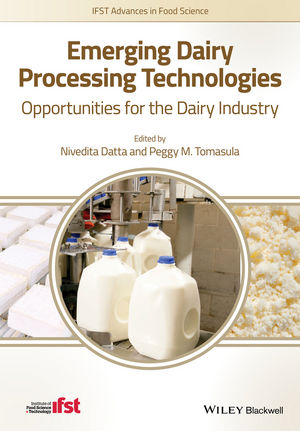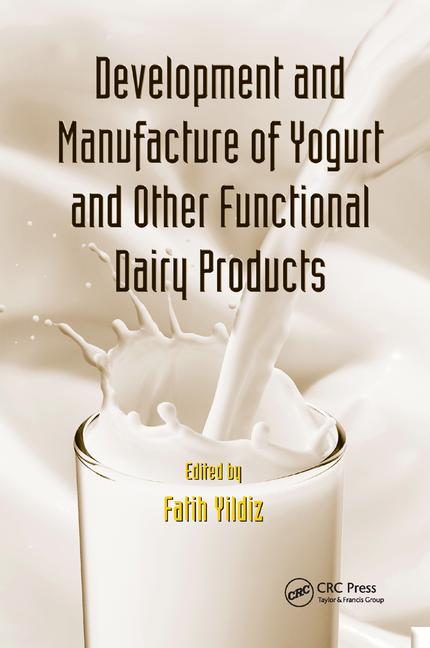Understand the benefits processing brings to dairy products
Minimal to mild processing performed with purpose can be an asset to dairy products.

Most foods go through some degree of processing. In fact, food processing has been in practice for at least 2 million years! The leading reason for processing is food safety. And one of the cornerstones of processing — pasteurization — is prevalent across the dairy industry.
Yet processing can be misunderstood and can even be a point of contention when it comes to a purchase decision. Shoppers can be overwhelmed by marketing claims that tout the “minimal” steps it took to deliver a food to the marketplace or claims that a product features naturally derived colors and flavors and no preservatives.
While consumers may be drawn to the catchy concept that “if you can’t pronounce it, don’t eat it,” it’s important for the food industry, including dairy, to raise awareness for the way our nutritious, delicious foods reach people across the world.
As a member of a United Nations’ Food and Agriculture Organization’s High Level Panel of Experts, the National Dairy Council analyzed research and co-authored a report on nutrition and food systems. One of our goals was to analyze how food systems influence people’s dietary patterns and nutritional outcomes.
As a part of our analysis, we examined processed foods, recognizing that highly processed foods “tend to have higher amounts of saturated fat, sugar and sodium.” But we also stressed the benefits of minimal to moderate food processing, which is where most dairy products fall.
Benefits of processing
So rather than allowing processing to become a divisive selling point, let’s help make sure it’s understood why it is a necessary step to ensure food safety and freshness. Just as important is understanding that processing does not mean a food’s nutritional benefit is compromised. It may — in some cases — even enhance it.
Processing means companies can use the basic principles of food science to create safe products that also meet consumer demand. Look no further than Fairlife’s ultrafiltered milk, which is made using a patented filtration process to separate milk’s five basic parts: water, vitamins and minerals, lactose, protein and butterfat. The process recombines them into a product that has more calcium and protein with no lactose. It has been an overwhelming success with consumers seeking these attributes.
For consumers who are lactose-intolerant, processing allows them the opportunity to still enjoy wholesome real dairy. For example, Lactaid uses the enzyme lactase to break down lactose.
Processing also allows key nutrients to be added to foods, a practice common among many yogurt brands, which fortify their products with vitamin D to help to close nutrition gaps.
The bottom line is minimal to mild processing performed with purpose can be an enrichment, not a deterrent.
Consumers can rest assured that any added flavors, colors, preservatives or other additives have gone through an extensive review by the FDA. They do not reach the marketplace unless they have been deemed safe or generally recognized as safe for specific uses.
It is commendable that consumers want to make cautious and wise decisions about the foods they eat. We want to help them base those decisions on an understanding of what it truly takes to produce safe, nutritious and good-tasting food for a global population.
Looking for a reprint of this article?
From high-res PDFs to custom plaques, order your copy today!








